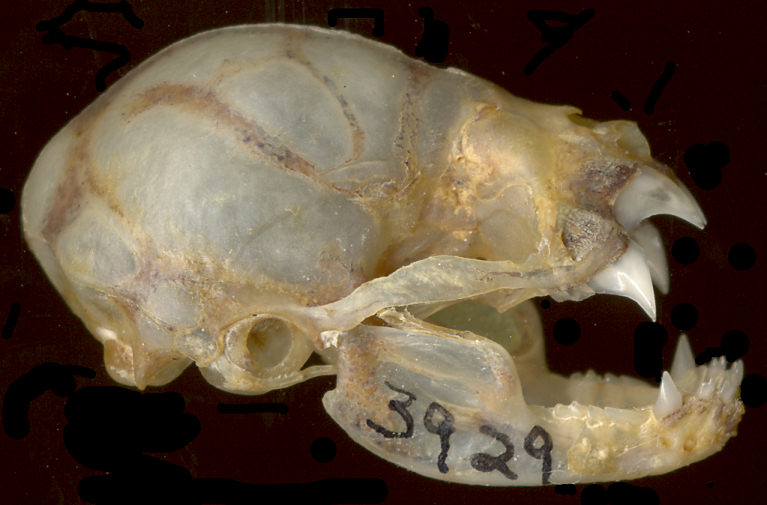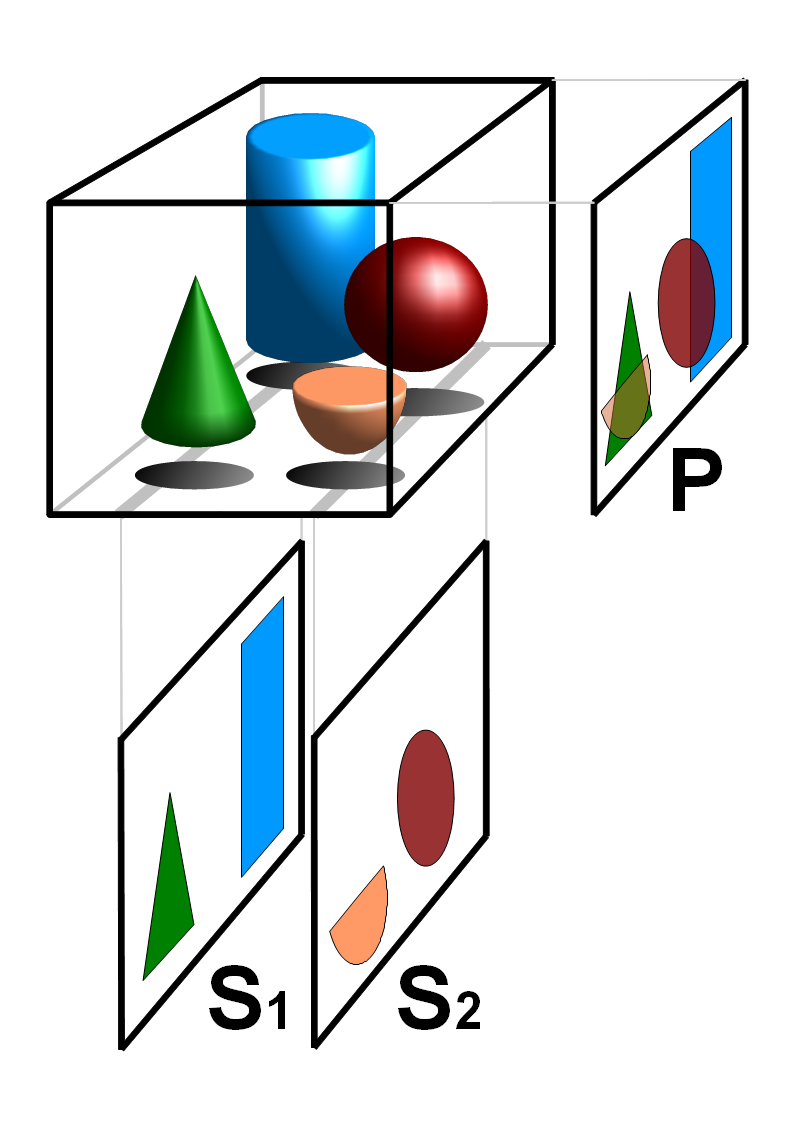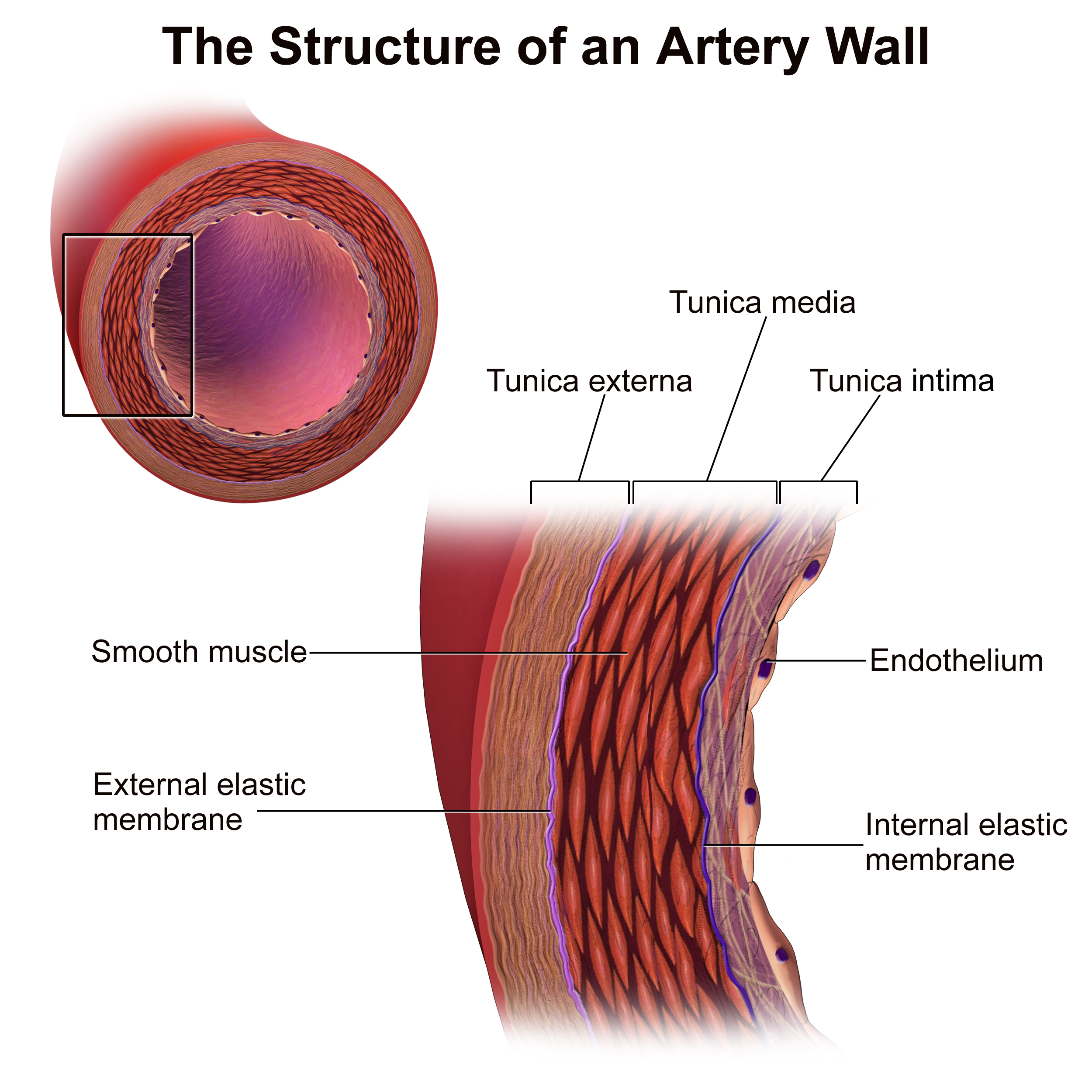|
Desmoteplase
Desmoteplase is a novel, highly fibrin-specific "clot-busting" (Thrombolysis, thrombolytic) drug development, drug in development that reached Phases of clinical research#Phase III, phase III clinical trials. The Denmark, Danish pharmaceutical company, Lundbeck, owns the worldwide rights to Desmoteplase. In 2009, two large trials (DIAS-3 and DIAS-4) were started to test it as a safe and effective treatment for patients with acute ischaemic stroke. After disappointing results in DIAS-3, DIAS-4 was terminated, and in December 2014 Lundbeck announced that they would stop the development of desmoteplase. Desmoteplase is a recombinant DNA, recombinant form of the alpha-1 isoform of DSPA (Desmodus rotundus salivary plasminogen activator). Mode of action Desmoteplase, a chemical found in the saliva of vampire bats, has the effect of catalysing the conversion of plasminogen to plasmin, which is the enzyme responsible for breaking down fibrin blood clots. Discovery of desmoteplase As ear ... [...More Info...] [...Related Items...] OR: [Wikipedia] [Google] [Baidu] |
Vampire Bat
Vampire bats, members of the subfamily Desmodontinae, are Phyllostomidae, leaf-nosed bats currently found in Central and South America. Their food source is the blood of other animals, a dietary trait called hematophagy. Three extant bat species feed solely on blood: the common vampire bat (''Desmodus rotundus''), the hairy-legged vampire bat (''Diphylla ecaudata''), and the white-winged vampire bat (''Diaemus youngi''). Two extinct species of the genus ''Desmodus'' have been found in North America. Taxonomy Due to differences among the three species, each has been placed within a different genus, each consisting of one extant species. In the older literature, these three genera were placed within a Family (biology), family of their own, Desmodontidae, but Taxonomy (biology), taxonomists have now grouped them as a subfamily, Desmodontinae, in the New World leaf-nosed bat family, Phyllostomidae. The three known species of vampire bats all seem more similar to one another than to ... [...More Info...] [...Related Items...] OR: [Wikipedia] [Google] [Baidu] |
Desmodus Rotundus
The common vampire bat (''Desmodus rotundus'') is a small, leaf-nosed bat native to the Americas. It is one of three extant species of vampire bats, the other two being the hairy-legged and the white-winged vampire bats. The common vampire bat practices hematophagy, mainly feeding on the blood of livestock. The bat usually approaches its prey at night while they are sleeping. It then uses its razor-sharp teeth to cut open the skin of its hosts and lap up their blood with its long tongue. The species is highly polygynous, and dominant adult males defend groups of females. It is one of the most social of bat species with a number of cooperative behaviors such as social grooming and food sharing. Because it feeds on livestock and is a carrier of rabies, the common vampire bat is considered a pest. Its conservation status is categorized as least concern by the International Union for Conservation of Nature because of "its wide distribution, presumed large population tolerance of ... [...More Info...] [...Related Items...] OR: [Wikipedia] [Google] [Baidu] |
Fibrin
Fibrin (also called Factor Ia) is a fibrous protein, fibrous, non-globular protein involved in the Coagulation, clotting of blood. It is formed by the action of the protease thrombin on fibrinogen, which causes it to polymerization, polymerize. The polymerized fibrin, together with platelets, forms a hemostasis, hemostatic plug or clot over a wound site. When the lining of a blood vessel is broken, platelets are attracted, forming a platelet plug. These platelets have thrombin receptors on their surfaces that bind serum thrombin molecules, which in turn convert soluble fibrinogen in the serum into fibrin at the wound site. Fibrin forms long strands of tough insoluble protein that are bound to the platelets. Factor XIII completes the cross-linking of fibrin so that it hardens and contracts. The cross-linked fibrin forms a mesh atop the platelet plug that completes the clot. Fibrin was discovered by Marcello Malpighi in 1666. Role in disease Excessive generation of fibrin due ... [...More Info...] [...Related Items...] OR: [Wikipedia] [Google] [Baidu] |
Intravenous
Intravenous therapy (abbreviated as IV therapy) is a medical technique that administers fluids, medications and nutrients directly into a person's vein. The intravenous route of administration is commonly used for rehydration or to provide nutrients for those who cannot, or will not—due to reduced mental states or otherwise—consume food or water per os, by mouth. It may also be used to administer pharmaceutical drug, medications or other medical therapy such as blood transfusion, blood products or electrolytes to correct electrolyte imbalances. Attempts at providing intravenous therapy have been recorded as early as the 1400s, but the practice did not become widespread until the 1900s after the development of techniques for safe, effective use. The intravenous route is the fastest way to deliver medications and fluid replacement throughout the body as they are introduced directly into the circulatory system and thus quickly distributed. For this reason, the intravenous route ... [...More Info...] [...Related Items...] OR: [Wikipedia] [Google] [Baidu] |
Brain Haemorrhage
Intracerebral hemorrhage (ICH), also known as hemorrhagic stroke, is a sudden bleeding into the tissues of the brain (i.e. the parenchyma), into its ventricles, or into both. An ICH is a type of bleeding within the skull and one kind of stroke (ischemic stroke being the other). Symptoms can vary dramatically depending on the severity (how much blood), acuity (over what timeframe), and location (anatomically) but can include headache, one-sided weakness, numbness, tingling, or paralysis, speech problems, vision or hearing problems, memory loss, attention problems, coordination problems, balance problems, dizziness or lightheadedness or vertigo, nausea/vomiting, seizures, decreased level of consciousness or total loss of consciousness, neck stiffness, and fever. Hemorrhagic stroke may occur on the background of alterations to the blood vessels in the brain, such as cerebral arteriolosclerosis, cerebral amyloid angiopathy, cerebral arteriovenous malformation, brain traum ... [...More Info...] [...Related Items...] OR: [Wikipedia] [Google] [Baidu] |
Write-down
A write-off is a reduction of the recognized value of something. In accounting, this is a recognition of the reduced or zero value of an asset. In income tax statements, this is a reduction of taxable income, as a recognition of certain expenses required to produce the income. Income tax In income tax calculation, a write-off is the itemized deduction of an item's value from a person's taxable income. Thus, if a person in the United States has a taxable income of $50,000 per year, a $100 telephone for business use would lower the taxable income to $49,900. If that person is in a 25% tax bracket, the tax due would be lowered by $25. Thus the net cost of the telephone is $75 instead of $100. In order for American business owners to write off business expenses, the Internal Revenue Service states that purchases must be both ordinary and necessary. This means that deductible items must be usual and required for the business owner's field of work. For example, a telemarketer may deduc ... [...More Info...] [...Related Items...] OR: [Wikipedia] [Google] [Baidu] |
Tomography
Tomography is imaging by sections or sectioning that uses any kind of penetrating wave. The method is used in radiology, archaeology, biology, atmospheric science, geophysics, oceanography, plasma physics, materials science, cosmochemistry, astrophysics, quantum information Quantum information is the information of the state of a quantum system. It is the basic entity of study in quantum information theory, and can be manipulated using quantum information processing techniques. Quantum information refers to both t ..., and other areas of science. The word ''tomography'' is derived from Ancient Greek τόμος ''tomos'', "slice, section" and γράφω ''graphō'', "to write" or, in this context as well, "to describe." A device used in tomography is called a tomograph, while the image produced is a tomogram. In many cases, the production of these images is based on the mathematical procedure tomographic reconstruction, such as X-ray computed tomography technically being pro ... [...More Info...] [...Related Items...] OR: [Wikipedia] [Google] [Baidu] |
Arteries
An artery () is a blood vessel in humans and most other animals that takes oxygenated blood away from the heart in the systemic circulation to one or more parts of the body. Exceptions that carry deoxygenated blood are the pulmonary arteries in the pulmonary circulation that carry blood to the lungs for oxygenation, and the umbilical arteries in the fetal circulation that carry deoxygenated blood to the placenta. It consists of a multi-layered artery wall wrapped into a tube-shaped channel. Arteries contrast with veins, which carry deoxygenated blood back towards the heart; or in the pulmonary and fetal circulations carry oxygenated blood to the lungs and fetus respectively. Structure The anatomy of arteries can be separated into gross anatomy, at the macroscopic scale, macroscopic level, and histology, microanatomy, which must be studied with a microscope. The arterial system of the human body is divided into systemic circulation, systemic arteries, carrying blood from the ... [...More Info...] [...Related Items...] OR: [Wikipedia] [Google] [Baidu] |
Bolus (medicine)
In medicine, a bolus (from Latin '' bolus'', ball) is the administration of a discrete amount of medication, drug, or other compound within a specific time, generally 1–30 minutes, to raise its concentration in blood to an effective level. The administration can be given by injection: intravenously, intramuscularly, intrathecally, subcutaneously, or by inhalation. The article on routes of administration provides more information, as the preceding list of ROAs is not exhaustive. Placement The placement of the bolus dose depends on the systemic levels of the contents desired throughout the body. An intramuscular injection of vaccines allows for a slow release of the antigen to stimulate the body's immune system and to allow time for developing antibodies. Subcutaneous injections are used by heroin addicts (called 'skin popping', referring to the bump formed by the bolus of heroin), to sustain a slow release that staves off withdrawal symptoms without producing euphoria. A ... [...More Info...] [...Related Items...] OR: [Wikipedia] [Google] [Baidu] |
Angiography
Angiography or arteriography is a medical imaging technique used to visualize the inside, or lumen, of blood vessels and organs of the body, with particular interest in the arteries, veins, and the heart chambers. Modern angiography is performed by injecting a radio-opaque contrast agent into the blood vessel and imaging using X-ray based techniques such as fluoroscopy. With time-of-flight (TOF) magnetic resonance it is no longer necessary to use a contrast. The word itself comes from the Greek words ἀνγεῖον ''angeion'' 'vessel' and γράφειν ''graphein'' 'to write, record'. The film or image of the blood vessels is called an ''angiograph'', or more commonly an ''angiogram''. Though the word can describe both an arteriogram and a venogram, in everyday usage the terms angiogram and arteriogram are often used synonymously, whereas the term venogram is used more precisely. The term angiography has been applied to radionuclide angiography and newer vascular ima ... [...More Info...] [...Related Items...] OR: [Wikipedia] [Google] [Baidu] |
Stenosis
Stenosis () is the abnormal narrowing of a blood vessel or other tubular organ or structure such as foramina and canals. It is also sometimes called a stricture (as in urethral stricture). ''Stricture'' as a term is usually used when narrowing is caused by contraction of smooth muscle (e.g. achalasia, prinzmetal angina); ''stenosis'' is usually used when narrowing is caused by lesion that reduces the space of lumen (e.g. atherosclerosis). The term coarctation is another synonym, but is commonly used only in the context of aortic coarctation. Restenosis is the recurrence of stenosis after a procedure. Examples Examples of vascular stenotic lesions include: * Intermittent claudication (peripheral artery stenosis) * Angina ( coronary artery stenosis) * Carotid artery stenosis which predispose to (strokes and transient ischaemic episodes) * Renal artery stenosis Types In heart valves The types of stenoses in heart valves are: * Pulmonary valve stenosis, which is th ... [...More Info...] [...Related Items...] OR: [Wikipedia] [Google] [Baidu] |
Vessel Occlusion
Vascular occlusion is a blockage of a blood vessel, usually with a clot. It differs from thrombosis in that it can be used to describe any form of blockage, not just one formed by a clot. When it occurs in a major vein, it can, in some cases, cause deep vein thrombosis. The condition is also relatively common in the retina, and can cause partial or total loss of vision. An occlusion can often be diagnosed using Doppler sonography (a form of ultrasound). Some medical procedures, such as embolisation, involve occluding a blood vessel to treat a particular condition. This can be to reduce pressure on aneurysms (weakened blood vessels) or to restrict a haemorrhage. It can also be used to reduce blood supply to tumours or growths in the body, and therefore restrict their development. Occlusion can be carried out using a ligature; by implanting small coils which stimulate the formation of clots; or, particularly in the case of cerebral aneurysms, by clipping. See also * Centra ... [...More Info...] [...Related Items...] OR: [Wikipedia] [Google] [Baidu] |






